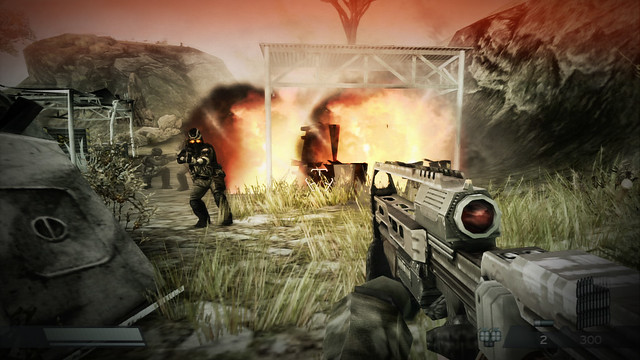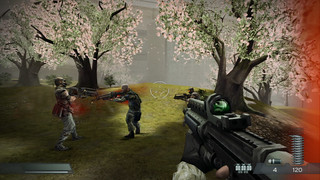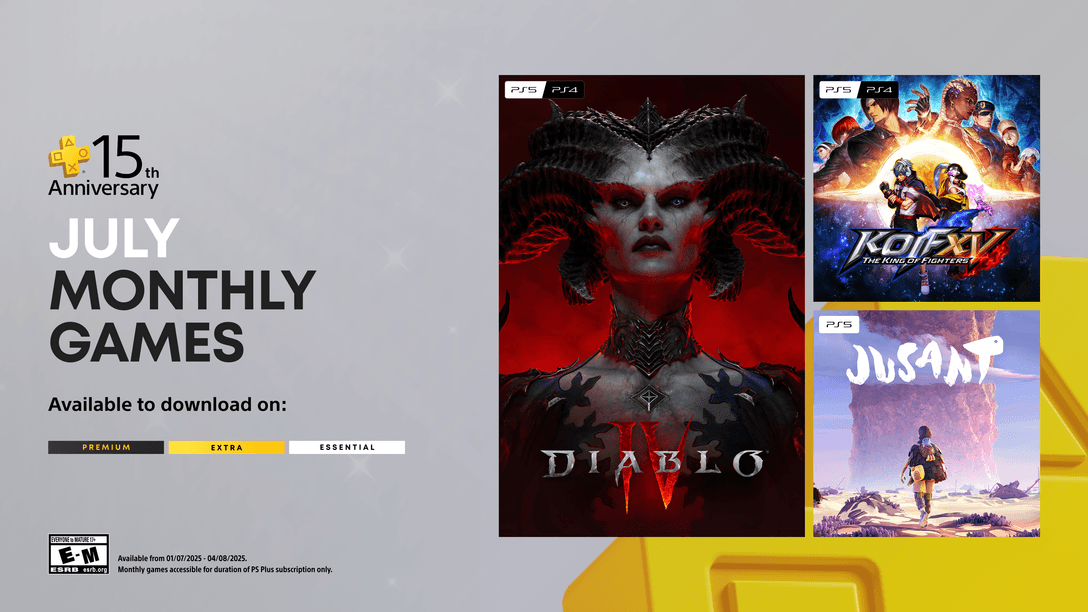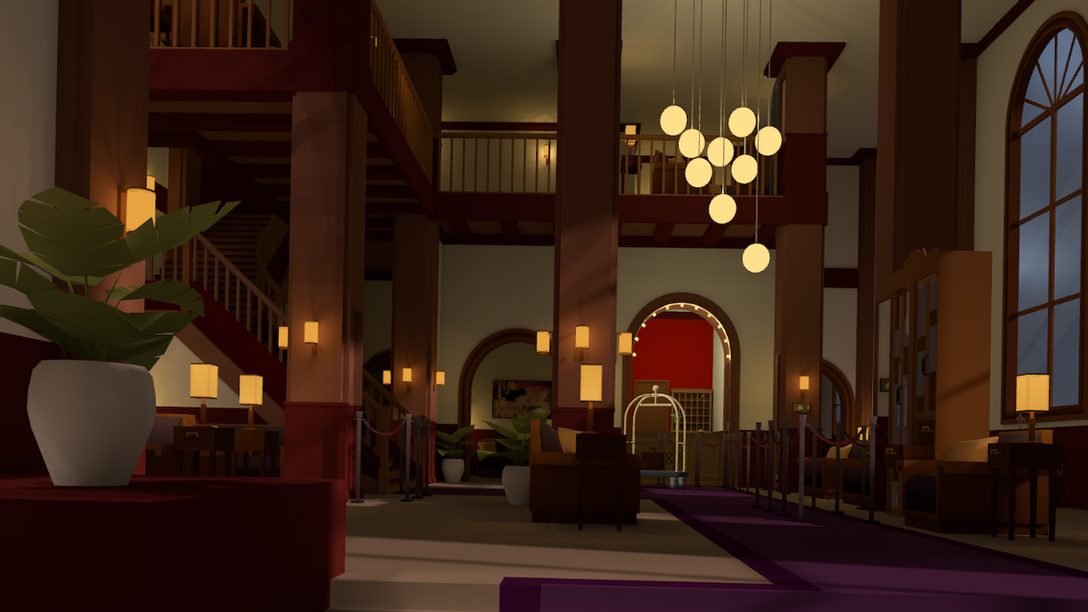
When Killzone HD drops on October 24th, the original Killzone will be one week short of eight years old. In this (re-)developer interview we talk with Guerrilla Technical Director Michiel van der Leeuw and Senior Programmer Frank Compagner, who were there when Killzone was first released. In part 1, Michiel and Frank talk about the challenges they faced and the discoveries they made during the conversion process.
Victor Zuylen: What prompted the HD remaster of Killzone?
Michiel van der Leeuw, Technical Director, Guerrilla: It was an idea whose time had come. Internally we had talked about bringing Killzone to PlayStation 3 before – Killzone fans frequently asked us about it, and we knew from other developers that such projects could be a lot of fun.
VZ: How many of the original team were involved?
ML: A number of developers who worked on the original Killzone for PlayStation 2 helped get this project off the ground, including Guerrilla’s main producer, Angie Smets, who first started producing on Killzone; producer Sebastian ‘MotherH’ Downie, who served as a QA Manager and community liaison back then; art director Jan-Bart van Beek, who was the Lead Artist on Killzone; myself, as the lead coder of the original game.
Frank Compagner, Senior Programmer, Guerrilla: I mainly worked on another Guerrilla title called ShellShock: Nam ’67 at the time.
VZ: Frank, how did you get involved with Killzone HD?
FC: I was asked to dig up the source code and the original assets for the game – things like models, textures and sounds. Guerrilla used a completely different versioning system in 2004, so we knew direct retrieval of the assets was going to be tricky. By comparison, obtaining the source code was slightly easier, because we found a copy in our current CVS.
ML: Frank performed an amazing feat of software archeology.
VZ: Software archeology?
ML: It’s a programming term. The biggest challenge we faced with regard to obtaining the assets was that Guerrilla’s whole way of working was different back then. The assets had been backed up to tape at one point, but that was almost eight years and two tape robots ago. So we needed an archeologist, someone to dig into the depths of our backup archives and unearth whatever they could.
FC: It was quite an interesting challenge. The first issue we ran into was that we no longer had a machine to read most of the tapes. And the second issue was that the tapes were stored, uh, offsite…
ML: Go ahead, you can say it.
FC: By which I mean, in a shoebox in the cellar of one of our IT support staff members, without a list of contents of any kind.
VZ: In a shoebox?
FC: Like I said, we were young and we used to do things differently back in those days.
VZ: So how did you know which tapes to use?
ML: We eventually found a document with tape numbers and backup dates that seemed to match the ones in the shoebox.
FC: Yeah, I spent days poring over the list to get an idea of the data contained on the tapes, and to see whether any of the tapes might possibly contain Killzone 1 assets. In the end I narrowed it down to three or four likely candidate tapes that I asked our IT support staff to procure for me.
ML: Luckily, two of the tapes turned out to be from a previous tape robot that was still in working order, so IT support was able to transfer the contents for us.
VZ: You mentioned that you found the source code separately?
FC: Yes, someone had remembered to store a copy in our current CVS. The challenge there was getting the source code to compile. Owing to the different standards and naming conventions we followed back in those days, that was quite a puzzle in and of itself.
ML: We really had to rack our brains to remember why things were set up the way they were.
VZ: Can you give us an example?
F: A simple example would be the code and header files pertaining to Rico Velasquez; most of them referred to him by a different name, because he started out as an Asian character during development and we never got around to changing it to Rico in the source code.
ML: I had completely forgotten about that.
FC: Me too. At first I wondered why I could only find code for three of the four main characters.
VZ: What happened once you got the code to compile?
FC: From there the team that did the actual conversion took over, working off of the PC development build of Killzone to produce a version that would run well and look good on PlayStation 3.
VZ: What do you think of the end result?
ML: I think the conversion team did a terrific job. The original Killzone was a product of Guerrilla’s high ambitions and youthful enthusiasm, but at the time we didn’t quite have the experience to pack all of those ambitions into the space provided by the PlayStation 2 platform. The conversion team has gone in and made sure everything fits and runs smoothly this time, fully realizing Guerrilla’s original vision for the game. This is Killzone as it was meant to be played.
VZ: Thanks for your time, guys.
FC: Our pleasure!
Join us next week for the second part of the Killzone HD (Re-)Developer Interview, in which Michiel van der Leeuw and Frank Companger talk about the enhancements made to Killzone HD.















Comments are closed.
58 Comments
Loading More Comments